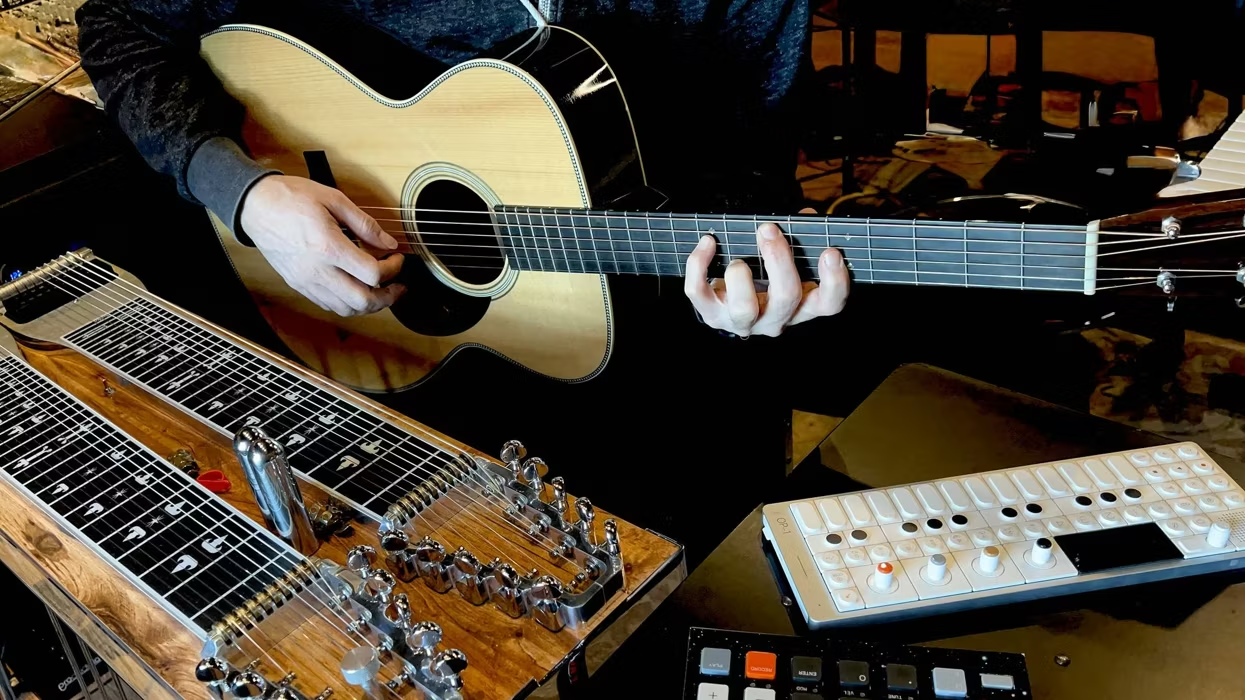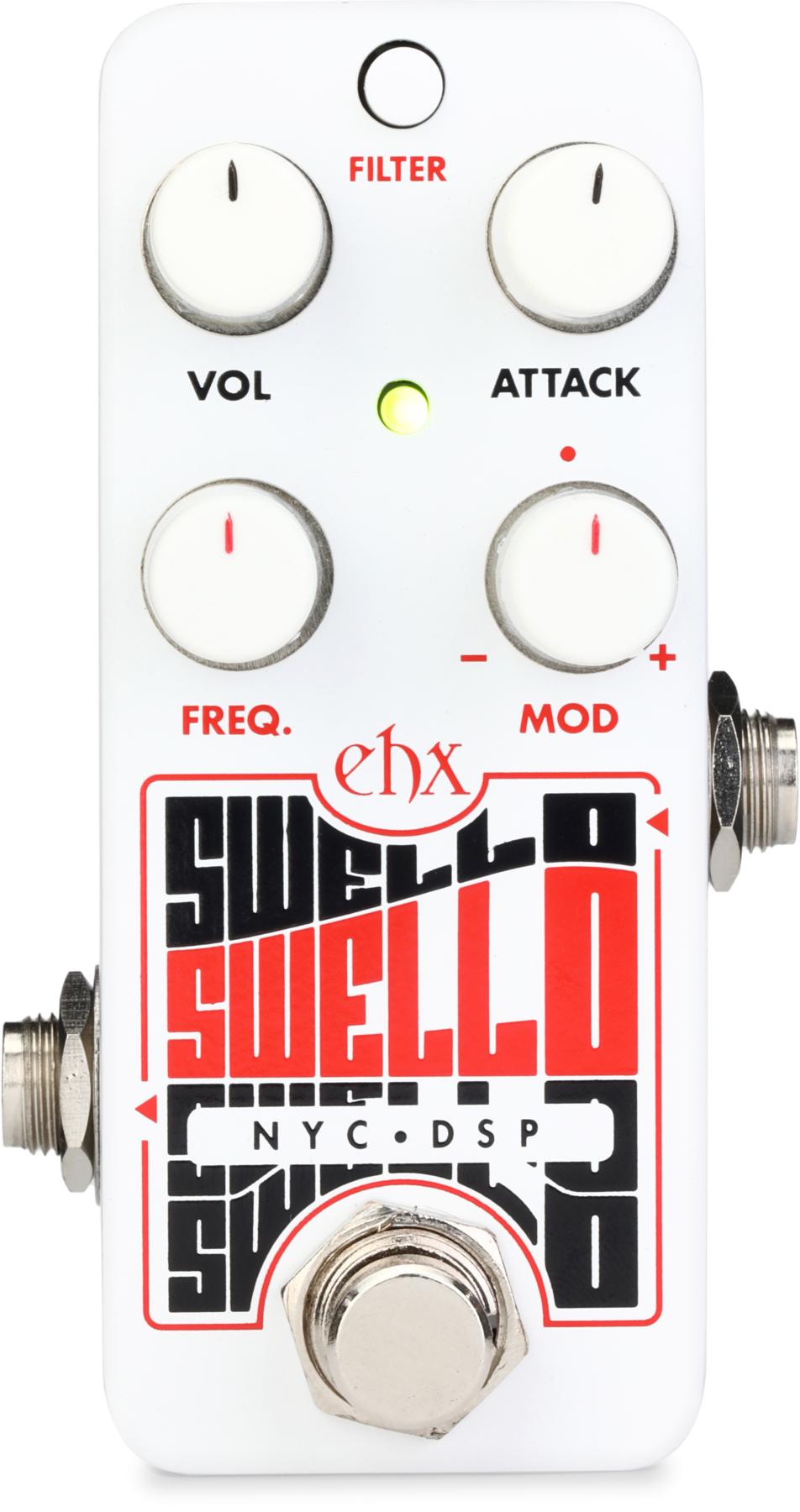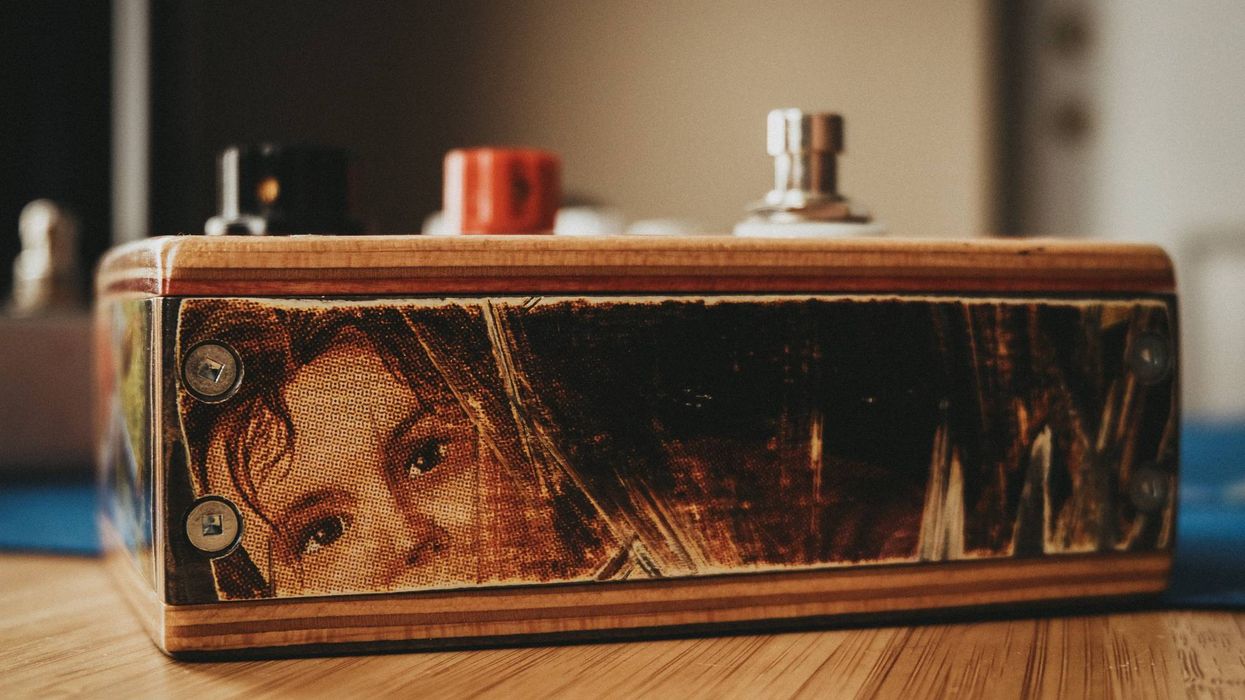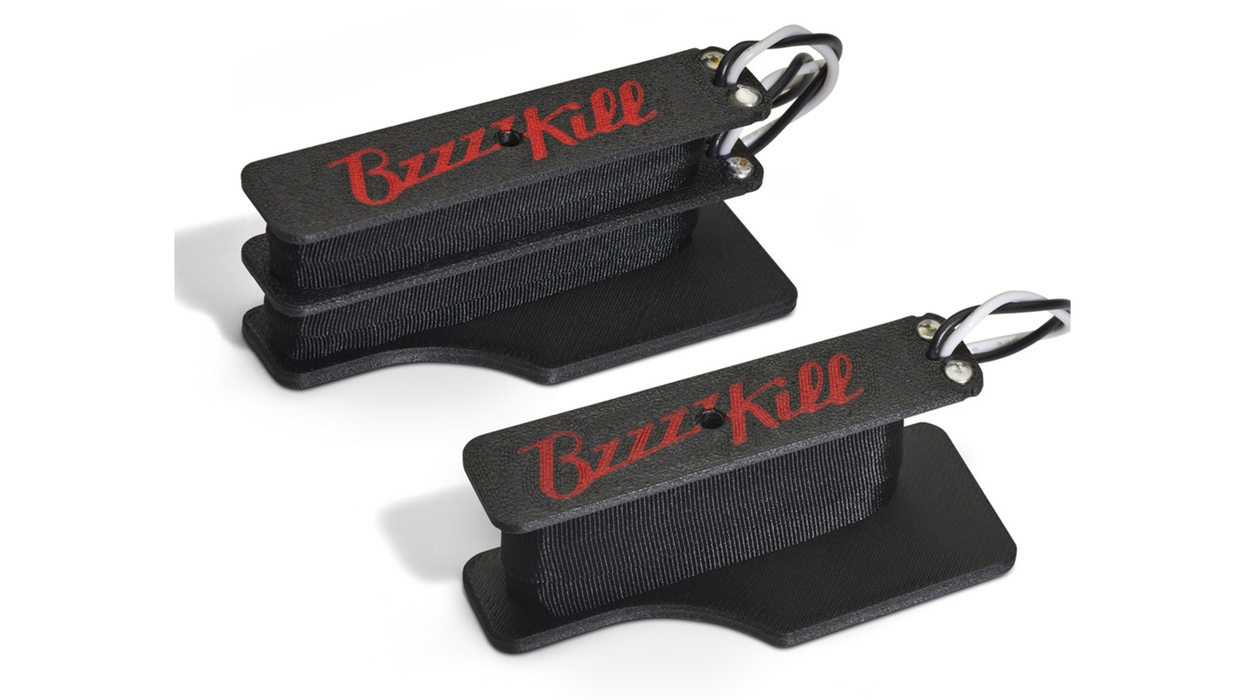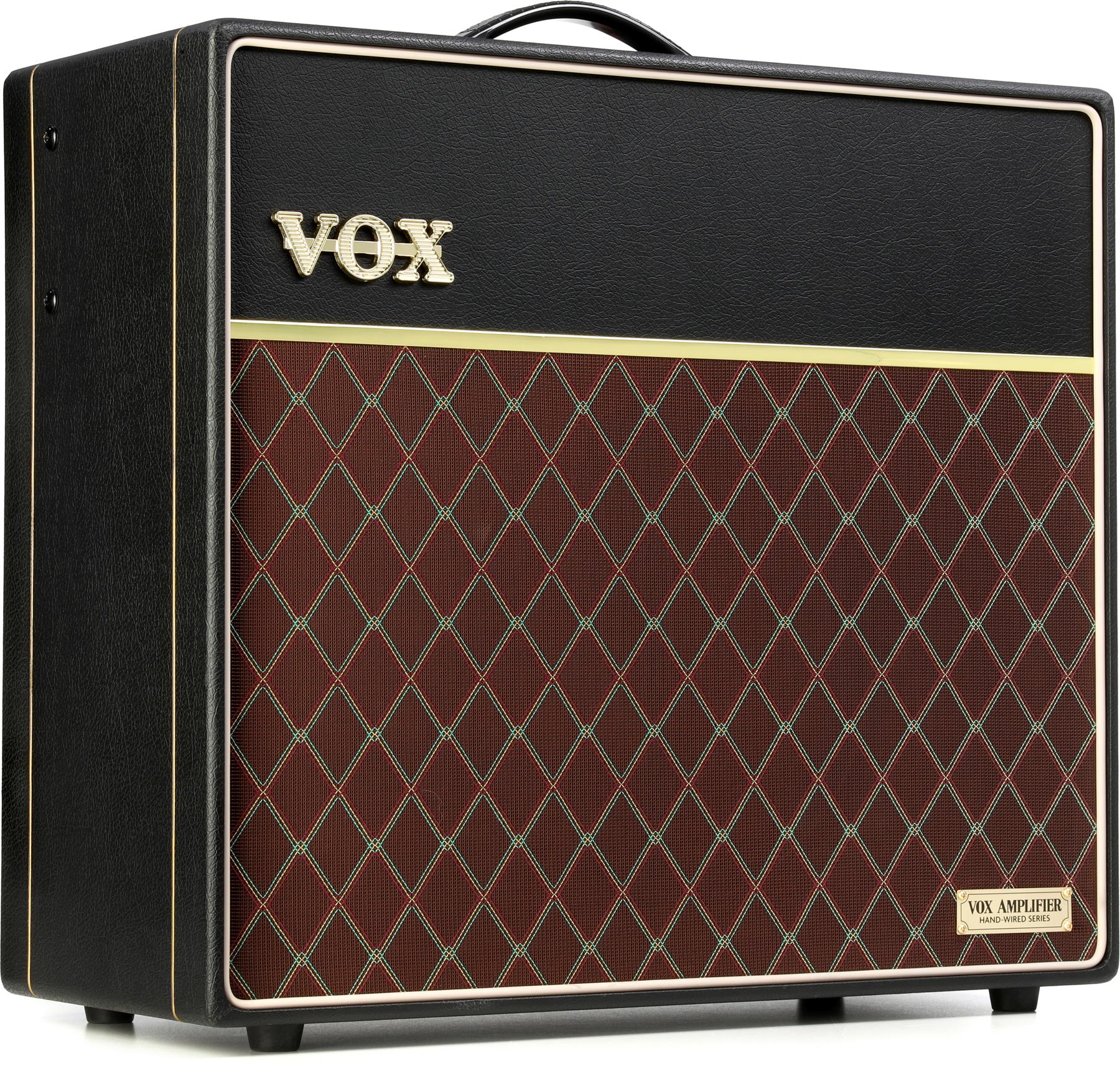The folks at BilT guitars and I share a lot of design influences and affinities, so I might be a little prejudiced. But I can’t think of many small builders who bring more fun to the non-major manufacturer market than BilT. They are reverent about quality and customer collaboration, but often irreverent about mixing, matching, and deviating from the forms, shapes, colors, and details that inspired their core models. Take a quick look at the company’s gallery and you’ll see mutant variations on Fender, Ampeg, and Rickenbacker themes, sparkle paint, Fender Antigua-style finishes mixed up with Gibson Trini Lopez details, and pickup combinations of every conceivable stripe.
The new, short-scale Rele is, in its simplest guise, BilT’s most accessibly priced instrument—starting at just $1,799. In typically irreverent BilT style, however, they sent a review version with thousands of dollars in upgrades, from the deep burst finish to the built-in fuzz and filtering switches. But the fancy Rele reviewed here is representative of the creative potential that BilT offers the customer if you have the vision and means. There isn’t much they won’t do to build the guitar of your wildest, weirdest dreams. Our review Rele also reveals what solid, well-made guitars BilTs are at their core. Sure, you can run up quite a bill working with the mad scientists in their guitar-building lab. But you can also get a great USA-built custom guitar at a fair price if you exhibit a little restraint.
Short-Scale Roots Shall Skyward Shoot
The Rele clearly takes a great deal of inspiration from Fender’s Mustang. But the extra-offset waist and extended bass-side horn also hint a bit at Kurt Cobain’s Jag-Stang and the Ernie Ball Music Man StingRay. It’s a lovely, balanced twist on well-worn offset motifs that feels compact and comfortable in hand while making a statement and creating a blank slate for the many options that appear on our review instrument.
On a bare-bones Rele, you can choose between a series of solid colors, an unbound rosewood or maple neck, and Mustang- or Jaguar-style pickups. Clearly, our review guitar stacked a lot of options on top of that formula. The Fralin Hum Cancelling P-90s, Duesenberg Diamond Deluxe vibrato, fabulous dispade assassin supershift pearl finish, built-in fuzz, and filtering switches all ran the total for our guitar to $3,499. This is a highly individual, and perhaps one-of-a-kind, instrument. Yet BilT makes putting one together pretty effortless.
Shortscale guitars aren’t for every player. But if you’re inclined to dismiss them out of hand, it might be worth checking out BilT’s 24.62" scale. On our review instrument, the short scale is combined with a chunky C-style neck, which makes the guitar feel much more substantial. The guitar feels more playable still for the 9.5" radius and medium jumbo frets. Ordinarily, I’m a fan of vintage Fender-style specs (7.25" radius and smaller vintage frets), but I cannot argue how fast this guitar feels under the fingers. The thicker neck fights hand fatigue and makes chording easy. String bending is fluid and precise. And while the action is quite low, the guitar is free from fret buzz and never feels less than responsive. It’s not an exaggeration to say this Rele feels like it’s wired a little more directly with your body and brain. It’s just a joy to play. The natural ease of the instrument also makes more room to experiment with the lovely Duesenberg vibrato, which, with its ability to swing freely toward the bass strings, combines some of the best attributes of Jazzmaster, Stratocaster, and Bigsby units.
A Marauder Loose in Mission Control
Most BilT customers will probably not order a Rele with this many onboard tone-altering features. But as a vehicle for showcasing what BilT can do in cooperation with a player ready to dive in whole hog, this Rele could not be more fun. Visually and functionally, it owes a debt to Fender’s long-lost, mid-’60s Marauder, and the onboard effects recall Vox’s Starstream and Cheetah. Apart from the 3-way pickup toggle, it can be hard to discern exactly what the rocker switches do at times—at least if you aren’t a frequent Jaguar user. Even if you are, some of the differences between the filtered and dark sounds you can get with the switches and the tone wheel can feel subtle—at least until you turn on the BilT Fuzz, which makes these controls feel much more powerful and flexible.
BilT’s fuzz circuit, which is activated by the push-button volume knob and regulated by the slider on the treble horn, owes much, in a sonic sense, to the Jordan Bosstone, Mosrite Fuzzrite, and ZVEX Fuzz Factory. It’s perfect for Davey Allen- and raw, garage-psych-style buzz and malevolence, and works phenomenally well with the Fralin Hum Cancelling P-90s, which are savage or sonorous depending on the combination. But the BilT fuzz also features an oscillator (activated by the push-button tone control) that produces maniacal, pitch-shifting whistles that can be altered via the slider. All of these tones can be dramatically recast by the filter and tone controls. Together, they make this Rele an addictive platform for experimental psychedelic performance.
The Verdict
At its core, our review Rele, with its beautiful neck, impeccably smooth playability, and sweet Fralin P-90s, is reason enough to investigate the possibilities of a more basic and affordable variation on the theme. But it also highlights the possibilities that arise from working with a builder as free spirited, fun, and committed to high quality as BilT. Your own Rele may not be quite as extroverted and insane as this gem, but it is so cool to know you can get there—and many points in between—very easily when you put an instrument together with this creative builder.



